Once upon a time, there were only a relative handful of domain extensions. You have your .com, your .org, your .gov and .net. You have the country codes, the .co.uk, the .de, and so on.
Nowadays, there are so many domain extensions that you can practically open a dictionary and pick a random word with a decent chance it works. Many such domain extensions appeared in 2014, with topic-based extensions ruling the day. You have newcomers like .audio, .coffee, .holiday, .horse, .party, and on and on. Every year, more are added, like .how, .racing, .kosher, and more. That infographic, by the way, is out of date; it only goes up to 2016, and it’s almost the end of 2018. You can, in fact, view the full list as maintained by the Internet Assigned Numbers Authority here.
You’re spoiled for choice, but what I’m writing about today isn’t about you, at least not directly. You’ve already made a decision on your URL, and you’re looking to grow an existing site by building backlinks. The question is, are there any particular domain extensions that rank the best, rank the worst, or otherwise have any special treatment with Google?
The Best Domain Extensions for Links
Before we get into a discussion of the worst domain extensions for ranking a site, let’s first talk about the best, and what makes them the best. First, though, one note. Your domain extension has an impact on the power of your link, but not as much as many people tend to believe.
In fact, the only reason certain “powerhouse” domains, like .edu and .gov, are powerful is because they’re heavily regulated. The only reason a .gov site has power is because in order to register a .gov site, you need to go through the United States General Services Administration with proof that you legally represent an American government entity. This regulation ensures that the average quality and trust level of a site with a .gov extension is high. You still have to contend with the usual Google SEO factors, like site and content relevance, content quality, and link placement.
The top tier best ranking domain extensions in Google are the Big Three. These are, as mentioned already, .gov, .edu, and .com. “But why .com?” you ask? It’s free to register, unlike the other two, after all.
While .gov and .edu are powerful because of their restriction, .com is powerful because it’s the default. Think about trying to get your grandma to type in a URL. Almost always, the older generations will add a .com to the end of everything. In their minds, .com means “website”. If you tell them to go to example.co.uk, chances are pretty good you’ll get them going to example.co.uk.com.
Below the big three are the generic and high quality domain extensions. Most country codes fall into this category, particularly the restricted country codes that are controlled by the country in question. Many other generic TLDs and sponsored domains are fine.
Below that are the risky domain extensions, the ones that are more often used for spam than for legitimate purposes. Picking up a link from a bad domain extension is like making a friend in a bad neighborhood. People may associate you with your shady friend, and you’ll experience a certain level of guilt by association.
The Worst Domain Extensions
I could list out all of the domain extensions that are going to be fairly bad for you, but instead I’ll just ask you something. Go back to this list and browse through out. How many of those have you ever seen as a website? Just scrolling through, I can tell you I have absolutely never seen a website registered with a .airbus, .coach, .frogans, .joy, .moda, .olayan, .pccw, .scor, or any of a thousand others on the list.
In general, just about any domain extension that came about after 2015 isn’t something you’re going to be able make work for you. The fact is, the vast majority of these domain extensions exist for one specific purpose. You have .scjohnson for the SC Johnson company, .jpmorgan for JP Morgan Chase, and so on. Big companies with their own vanity extensions even they don’t really use. You can even read, for example, JP Morgan’s application statement on the ICANN wiki. There are two total .jpmorgan websites registered, one of which is a parked domain. JP Morgan only applied for the gTLD so they could maintain a tight grip on every possible instance of their trademark anywhere it could be found or used.
If you can get a link from a legitimate site on a sponsored tld like .jpmorgan, it can be a very valuable link for your Google ranking. Those domains are, because of their restriction, trustworthy enough. They aren’t as powerful as something well known like .gov, but they’re at least restricted.
Any other domain extension that isn’t regulated by a country or a company specifically is going to be, well, worse. Take for example .tk.
The .tk domain extension is the country code domain extension for Tokelau. Do you know what Tokelau is? It’s a region previously known as the Union Islands, in the south pacific, a dependent territory of New Zealand. It has a population of about 1,500 people.
The .tk domain is also not restricted to just Tokelau-based businesses, people, or agencies. It’s actually the word’s largest country code TLD, and the second largest domain extension after .com. As such, there are over 16.7 million .tk domains registered. You can blame this guy for it.
As you might expect, a basically free domain extension is going to be abused. Indeed, the Spamhaus Project – an index that attempts to gauge the spam rating of TLDs by averaging the number of domains seen and the number of them considered spam – flags .tk as the third most abused top level domain. Their index has seen 226,000 domains on the .tk TLD, and of them, 198,000 were spam.
Of course, this is a small sample. 200,000 out of 16,700,000 is a small number, but it’s a statistically relevant sample. The .tk TLD is heavily abused by spammers because it’s common enough to not be blacklisted, but cheap enough to register without feeling a loss when a site is banned.
Other bad domain extensions according to Spamhaus are:
- .gq, the country code for Equatorial Guinea.
- .cf, the country code for the Central African Republic.
- .ml, a domain based in Mali controlled by a telecommunications company.
- .ga, the country code for the Gabonese Republic.
- .men, one of the 2015 wave of initial new top level domains.
- .loan, another of the initial 2015 wave.
- .date, another 2015 domain, though one that was initially recommended to be denied.
- .top, a Chinese TLD initially created in 2014.
- .bid, another topic-focused domain initially created in 2014, aimed at auction sites.
If you research the background of these, one thing you’ll find is that most of them have at some point or another given away large numbers of domains. When your domain registration fee is $0, why not take a few hundred sites and use them for whatever purpose you want? If you lose some, who even cares?
Identifying Spam Links
When you’re building backlinks, there are a lot of factors that go into the quality of each individual link. I know I’ve gone over many of these before, but I’m going to start with some domain-specific tips before proceeding to the more general advice.
First up, check to see if the domain extension is a restricted country code. Restricted country code only allow official entities from that specific country to register a site on that domain. Something like .us is NOT a restricted country code, as anyone can register one without needing to prove any information to a registrar or go through a specific registrar.
In most cases, a country-specific restricted domain extension will not be very good for your site as a backlink. The reason is pretty simple: Google often treats these as country-specific value. A .de site is going to be a site in German. If it’s linking to your English site, that link isn’t necessarily going to have much value; the German readers might not know enough English to make sense of your site.
That example will boost your ranking on Google.de, the German version of Google, for German users. It will not boost your ranking in the standard Google.com index.
Next, check the Spamhaus spam score. Spamhaus isn’t a be-all authority, of course; they have a relatively small index compared to the size of the internet as a whole, and some TLDs they simply have no records for. If they show a TLD is likely to be spam, though, you know that TLD is noteworthy enough to have ended up on spam lists.
Next, check to see if the TLD has a specific purpose that might make it less valuable in Google’s index. For example, the .xxx, .sex, and .adult domain extensions are all aimed at adult content, usually pornography. These backlinks are almost always going to be irrelevant or detrimental to your site, unless you too are an adult site. There are very rare exceptions, but in general, the links won’t be worthwhile.
Most of the time, any legitimate site using a gimmick TLD like .adult are going to redirect that domain to a primary domain. For example, fay.adult redirects to fay.com, an apparel site. Any site that uses something like .adult and doesn’t redirect it is probably using it for spam or, well, it’s intended purpose. Candy.adult is, for example, a clickbait listlcle site focused on porn listicles. Obviously, you don’t want links from a site like that.
Next, check to see if the domain ties into the branding of the site. The old common example is Del.icio.us. Delicious used a .us domain to make a word for their branding, and their site was fine for quite a while. A hypothetical INeedAn.adult could be a good site on an otherwise bad TLD. These can be valuable, but often are gimmick sites that don’t have a lot of SEO power to help you rank in the first place. They might not be bad links, and aren’t worth disavowing, but they also won’t be worth going out of your way to build.
Relative Value for Ranking
At the end of the day, the domain extension only matters a little bit, and only because of social trends that govern the kind of usage the domain gets. What’s much more important is the value of the site and the relevance of the content.
Any site on any domain can be good or bad. Even a .gov site can be bad by all SEO metrics, or even be hacked and left unmaintained. Meanwhile a .xxx site could be perfectly fine, work-safe, and filled with good content, if that’s what the site owner has chosen to do.
When building backlinks, you want to look for sites that are relevant to your topic and niche, regardless of their domain name. Forbes could have registered forbes.magazine instead of forbes.com, but as the Forbes website, it would still be incredibly valuable even if every single other .magazine site was garbage. Well, assuming .magazine existed, which it doesn’t. I bet it would if Forbes requested it, though.
In addition to the relevance of the site, you need to be aware of the position of the link within the content of the site, and the relevance of the content topic compared to your topic. The closer the match, the more likely users are to want to click through to read more about the topic, and the better the link will be. The less connection, the less valuable the link will be for your Google rank.
 ContentPowered.com
ContentPowered.com
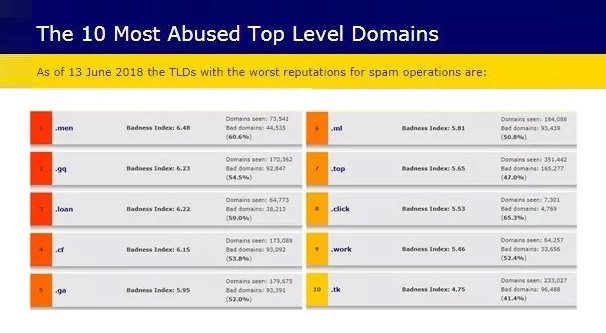
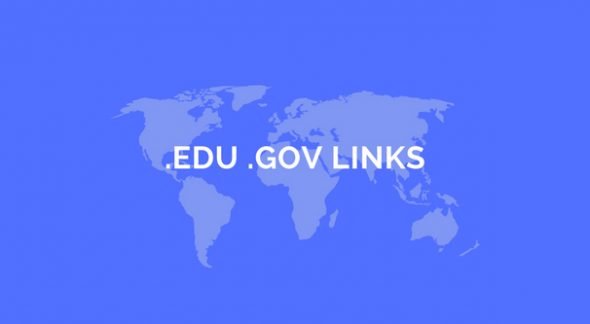
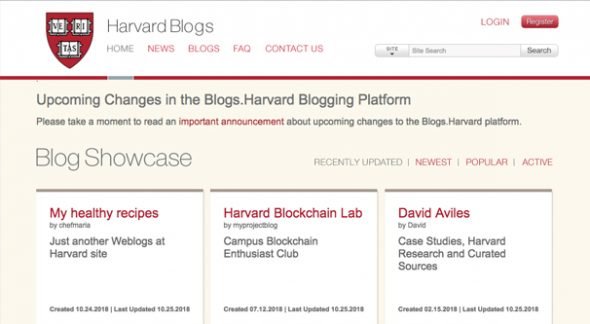
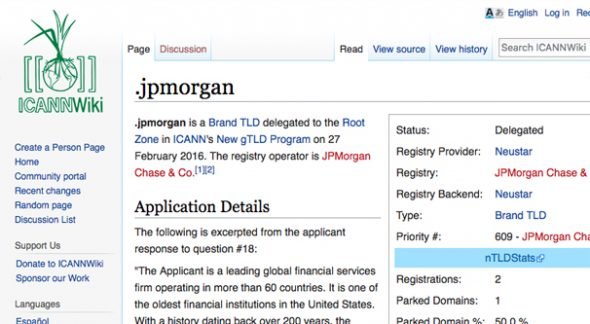
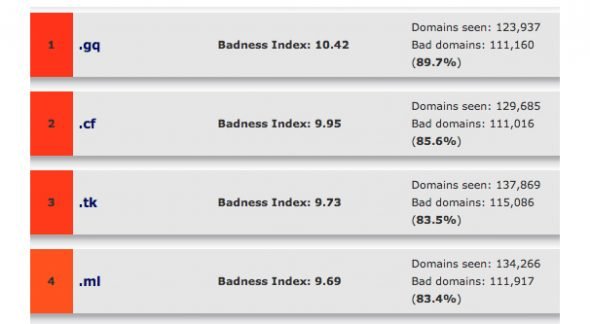
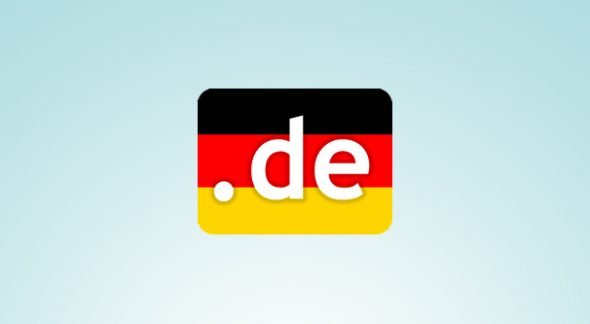
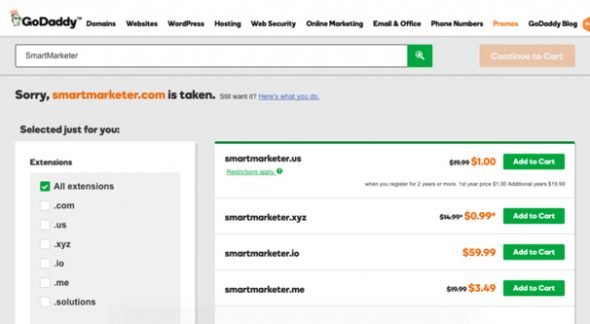
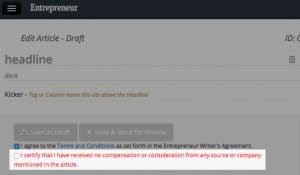



Kathlyn Chesnes
says:I’ve been reading .xyz domains aren’t very good as well, any info on that?